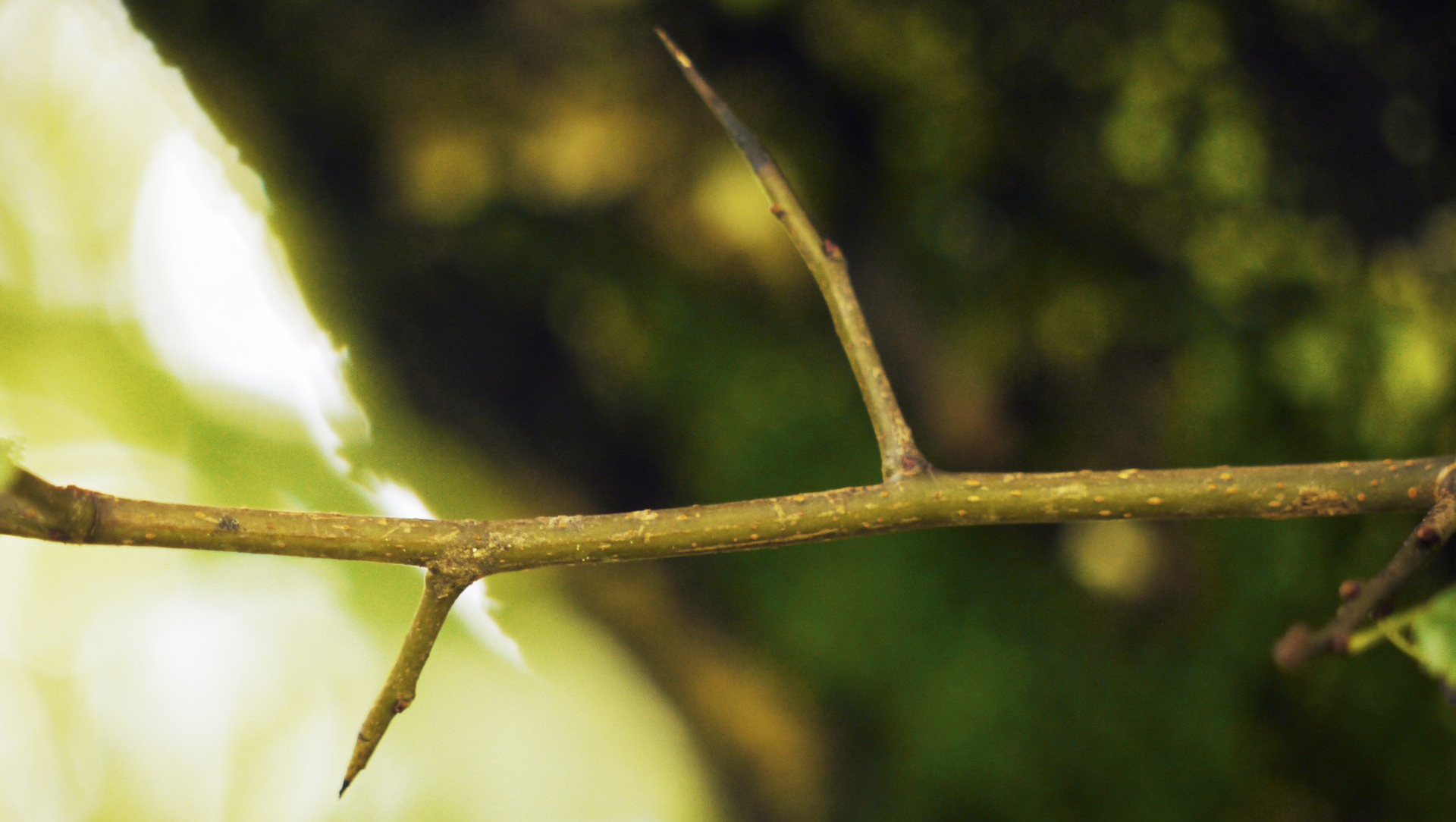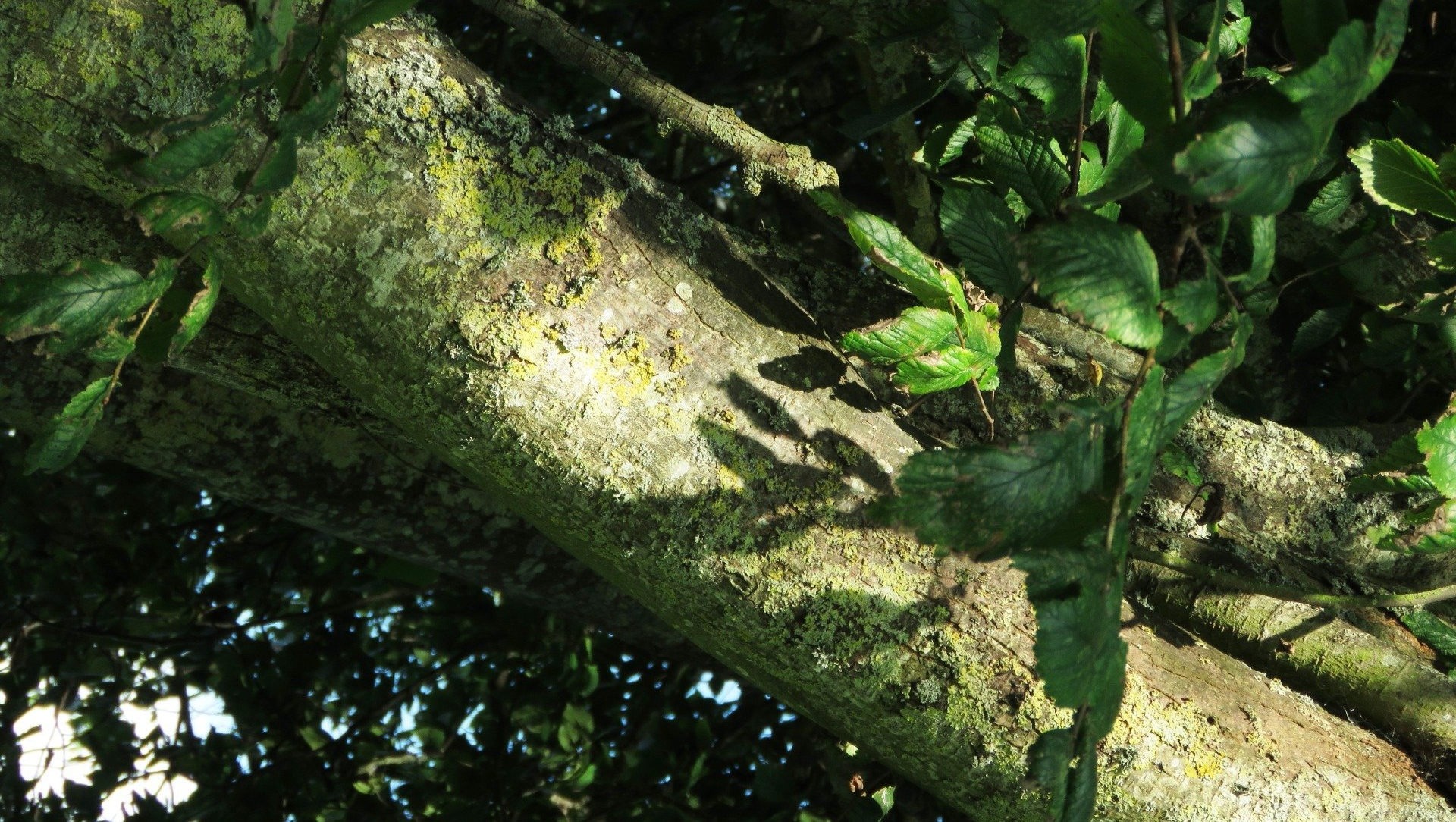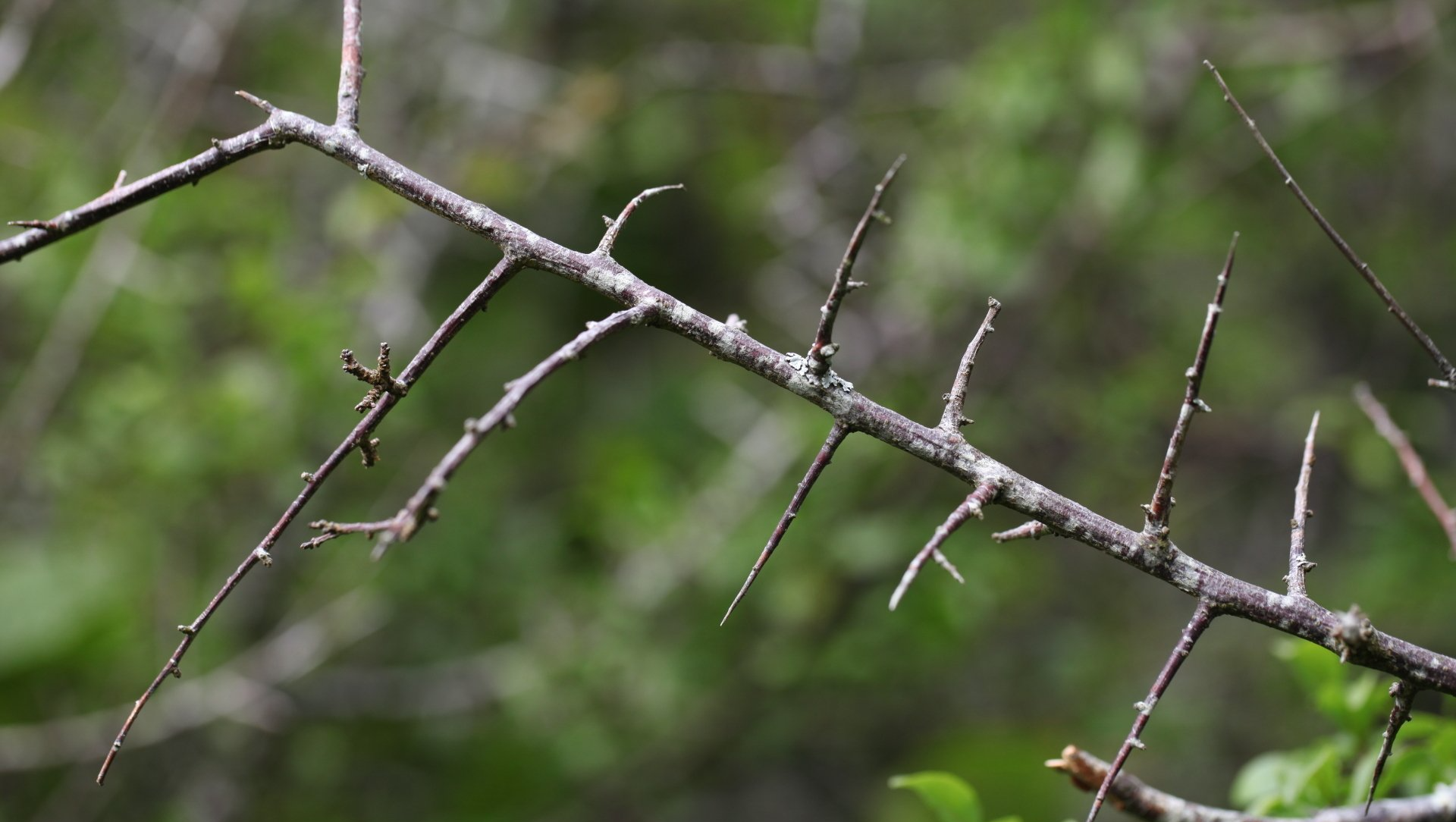Trees - Learning the Secrets of the Forest
Walk into an East Anglian forest with twenty-year-old Frances Avenell and you'd struggle not to be impressed by her ability to identify what's there.
Woodland management is just one of the many skills she's gaining as part of her BSc (Hons) in Wildlife and Conservation at Easton College in Norfolk.
She tells WildEast about her journey towards a career in conservation and explains why looking after the natural world is so important to her.

Why I chose the outdoor life
I don’t come from a particularly environmentally based background, and it was almost by accident that I went from high school to studying conservation. Although I didn’t know what I wanted to do in the future, I knew I didn’t want to work in an office.
I like being outdoors, gardening, going out for walks, and things like that. I’m also a very practical learner. I enjoy being active and I get quite restless being inside all the time. I think if you are inside all the time, say doing A Levels or whatever, you can get very stuck. It wouldn’t have been right for me.
I thought, I want to be outdoors, so why don’t I go for an outdoorsy course? I came across the
Level 3 in Land and Wildlife Management at Easton College, so I went along to an open day. I remember looking around and thinking it would be an amazing environment to learn in. The course was a good fit for me and I thought it would be great fun.

Learning at college and volunteering
The Level 3 introduced me to land and wildlife management. Everything was new, interesting and exciting, and that was what got me hooked. It was like ‘I never knew that’ and ‘I never knew that’, and ‘that’s a really interesting thing to know about.’ You learn a really interesting concept, want to know more about it, and how you can develop it. You are always learning.
We were also encouraged to do work experience, which I did with the Broads Authority and with The Conservation Volunteers (TCV). After moving on to the degree course, I carried on volunteering with TCV and have been doing that for 2 or 3 years now. I’ve been involved in loads of activities: scrub clearances, pond clearing, boardwalks, paths, woodland management, heathland management, site restoration, wildflower planting, tree planting.
I like learning something at college and then going out and doing it practically and understanding it. It’s nice to spend time at there, and then finish off the week by going out at the weekend and getting involved with all of that.

Deepening my understanding and appreciation of nature
Before coming to Easton College, I’d go out for a walk, walk into the woods and I’d think ‘Oh that looks lovely’, and that was it. But you do the course and suddenly you know what the plants and trees are, and you know what the birds are, and you understand more about how ecosystems work, and how they interact. It makes it more enjoyable.
You gain more of an understanding of how our natural environment works and I think you appreciate it more when you have that understanding. It’s nice to go out and hear something and go ‘I know what that is, I can identify that’. I think that definitely makes it more interesting and I think as a result you end up understanding natural environments a lot better and become much more connected to them.

Career plans
I have one more year of study to complete before I complete the full honours degree. I am interested in going on to be a warden or a ranger somewhere, working on an estate, or a site, or a nature reserve. That’s the sort of work I’d most want to get involved with, because then you’re still doing a lot of practical work, and getting out and about, and actually being able to enjoy the spaces that you are working in.
If you work for an estate or a wildlife trust, they have community engagement roles and things like that. If you’re doing that you are working a lot with the public, and facilitating tours, and schools coming in. I think that’s quite a nice role because you’re being able to share your knowledge with people.
There’s a saying that people can’t conserve what they are not interested in. People have to be really interested or to enjoy something to want to protect it or help preserve it. And the only way you are going to get people interested is to take them out and show them what makes it interesting, show what makes it enjoyable, and foster that connection. That’s going to be a really important thing going forward.
Hopes for the future
It's obviously a concerning time because we have lost so much of our wildlife and green spaces, and we continue to be very destructive and there are a lot of destructive practices in use. But there are also some really great people out there doing some really awesome things. I mean you just have to look at the Holkham Estate, and the rewilding estates, like Knepp, and Wild Ken Hill, and places like that. There’s some quite inventive things coming out of there.
I think because of Covid more people are more aware of their spaces and what they do for them. Being in lockdown for that long, a lot more people are more aware of the fact that they have a great local park, or thinking that they want to do more for the woodland where they live. I think that’s going to end up changing a lot.
I think it’s definitely a hopeful future. There’s a lot of interesting things that are going to end up coming about. And I think as more people are aware of the need for conservation, and environmental awareness increases, there will be more happening. It is a more interesting time, things are definitely improving – but the key is how quickly that will happen.
WildEast Blog

Powered by LocaliQ
Follow Us
SIGN UP FOR NEWS & UPDATES
Newsletter Sign Up
Thank you for signing up to our newsletter.
Please try again later.
Privacy / Terms & Conditions / Sitemap
